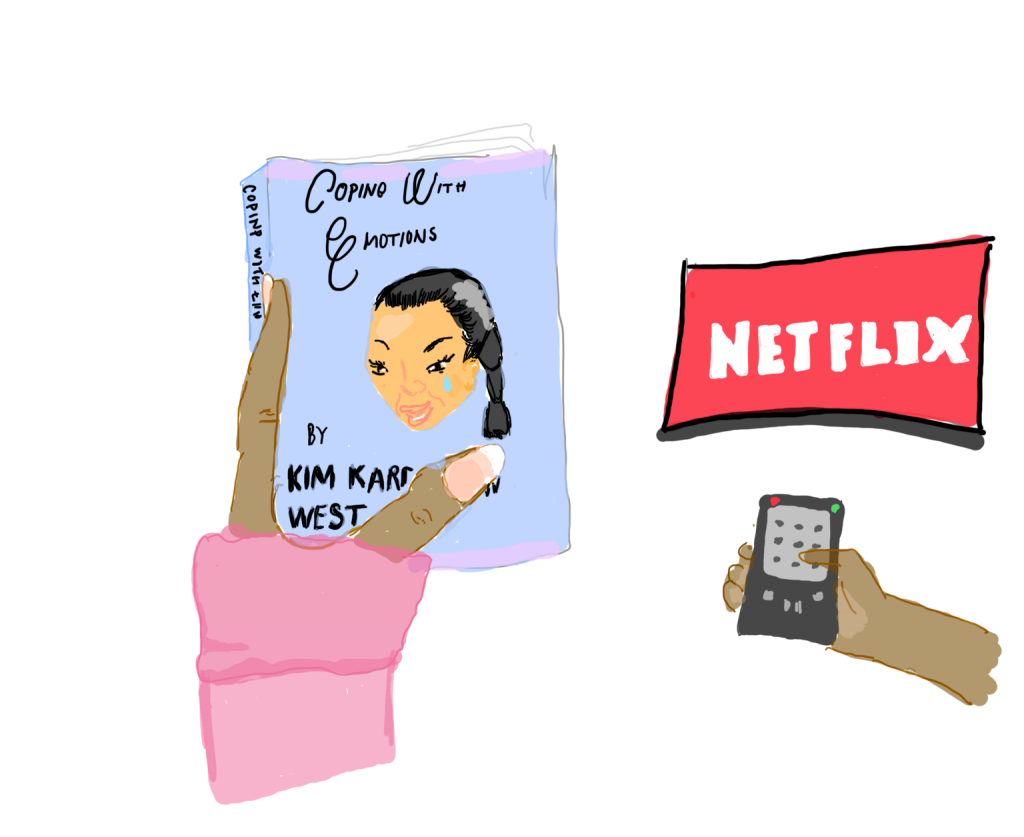It is clear to many teens that new media, social media and streaming, is the future of entertainment around the world. Netflix is approaching 150 million subscribers, and an estimated 2.65 billion people use social media. Because of its accessibility and diverse array of content, new media allows for niche communities and interest-based networks despite geographical location.
These networks are not only beneficial to the next generation of media consumers, but also the companies targeting them. The specificity of demographics, which are made even more accurate through data-mining, provides the opportunity to appeal to select groups. Beyond this, influencer marketing is even more effective than a typical TV commercial through its more personal appeal. Viewers find themselves bonding with the celebrities they admire as they share the intimate details of their lives to the public. Trust in the influencer translates to a higher likelihood of buying the product, whether it be a VPN, coupon extension, or website building platform.
Clearly brands have recognized the advantages of influencer marketing. Companies have spent billions on influencer-sponsored ads, with some big name stars earning $100,000 or more for a short mention in a YouTube video or Instagram post.
So given the profitability of the social media industry, why do we see YouTube stars returning to old media? Lilly Singh, a YouTuber with over 14 million subscribers now hosts a late night show on NBC called “A Little Late with Lilly Singh” at 1:30 in the morning. Tyler Oakley, Cole LaBrant, Zach King, and more online celebrities were cast in the 28th season of The Amazing Race on CBS. Many big influencers have been publishing books: Shane Dawson, Joey Graceffa, Miranda Sings, Pewdiepie, Grace Helbigー the list goes on and on.
Regardless of quality, many of these programs and books were successful. Networks are willing to bring in already established celebrities because they come with a number of fans who will watch their favorite influencer no matter what. This desire to be on TV or published may come from a desire to be like the celebrities they grow up with, be it watching on TV or at the movies. And if they enjoy traditional media more, all the power to them. However, it seems like the celebrities could earn much more by sticking to social media.
Big celebrities can rake in tens, if not hundreds of thousands of dollars per video or post with AdSense and/or sponsorships. Once reaching a threshold of millions of followers, often this content can be extremely low effort and still manage to be immensely profitable. Thus, the choice to move from new to traditional media seems, at least on an economic level, illogical.
It is important to note that not all non-social media based content is this way. In fact, in recent years, the cosmetics industry has taken advantage of a specific type of internet celebrity: beauty influencers. Whether it be the immensely successful Jeffree Star x Shane Dawson Conspiracy palette, James Charles x Morphe palette, or various other beauty influencer collabs, having a celebrity name on a product has proven to be an effective method of advertising.
Alex Jerdee
Opinion Columnist
Graphic: Ava Haberman

